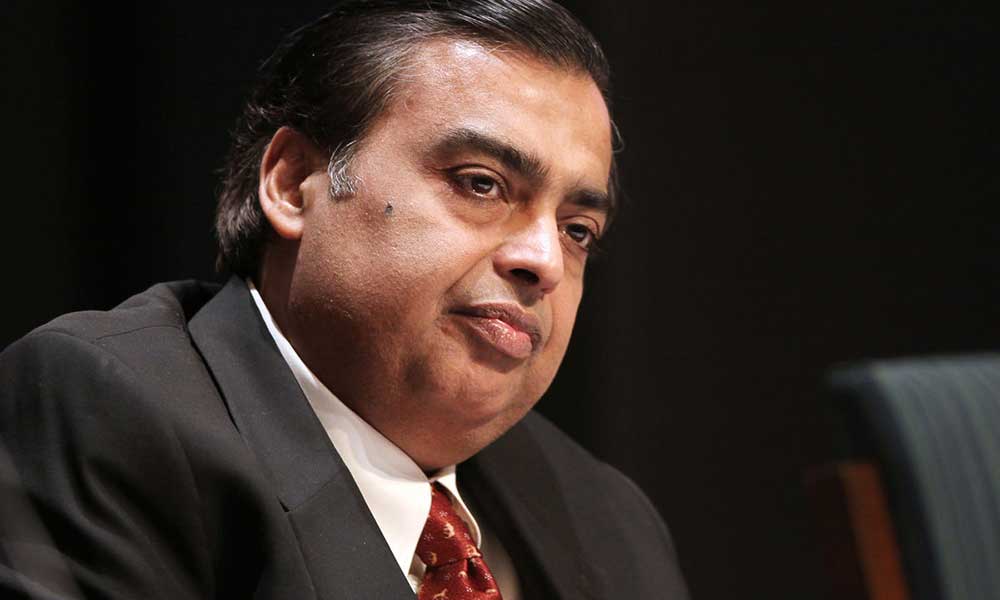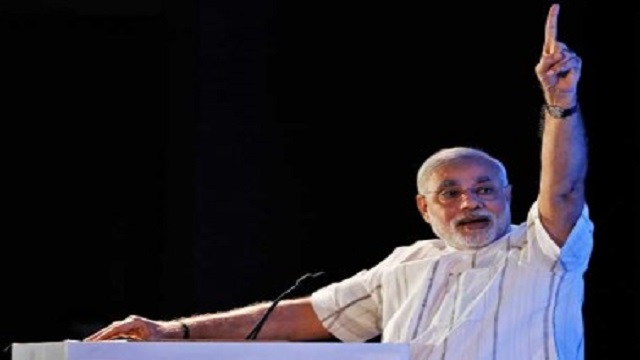Mukesh Ambani has everything that a businessman can ask for in this world.
He is filthy rich and he has the power to own the country as and when he wants. In fact, he owns it in some way or the other as half of the country’s decision makers are on his payroll. No, we are not making any accusations, because it is somehow the truth.
What makes Mukesh Ambani so good at his business are his skills of being powerful, and owning people whenever he wants.
Though he has been doing some great things for the country and has earned us a lot of pride, he is as corrupt as many other people in this world.
I am sure many of you don’t have an idea about it. But this Quora user has and he explained it in a brief way how Mukesh Ambani is such a corrupt man. This person went anonymous about Mukesh Ambani on Quora to answer the question – How corrupt is Mukesh Ambani and the answer will leave you speechless.
“I knew one senior officer who was in CBI team and was investigating the role of Mukesh Ambani in PannaMukta oil field scam. He saw Mukesh Ambani getting bashed during investigation in custody. Later he was unceremoniously removed by Pramod Mahajan who was that time star minister of BJP. To protect that the investigation remains scuttled, Mahajan brought one officer from his native to head CBI Mumbai wing. The CBI was investigating the use of bribes in getting the contract.
In 1993 bids were invited for Mukta and Panna Oil fields. The negotiations with bidders were held between June and December, 1993. During this period Capt. Satish Sharma, who was the Petroleum Minister, received an amount of Rs.4 crores from Reliance Industries, according to the statement made by Sh. B.N. Safaya, Private Secretary to the Minister, to CBI in Jharkhand MuktiMorcha Bribery case. In February, 1994, the Government approved the award of this contract to the aforesaid private Joint Venture alongwith ONGC. Reproducing a report on the issue.
“The privatisation spree that India has gone in for in the last few years, has had dual objectives. One is the objective of global capital operating through institutions such as the World Bank, IMF etc., for opening up the Indian economy to MNCs. The other is the desire of Indian monopoly houses to participate in this loot of the Indian public sector in connivance with venal political sections. It is not surprising that money, allegedly paid by Reliance to the then Petroleum Minister figures prominently in the buying of MPs during the no-confidence motion against the Rao Government. The issue here is that the sums involved in such transactions are truly staggering. The Mukta-Panna oil fields are worth at least $4-6 billion in terms of known deposits of oil and gas. The actual deposits are likely to be much higher. And if this was not enough, we are now paying higher than international prices for oil from fields discovered by us. For gas, the amount that was paid last year is even twice the value that Enron was able to charge in Jamaica from its own oil fields. Thus, the privatisation of just two oil fields can give enormous “benefits” to those taking decisions. The argument that private capital reduces the role of what the economists call “rent”, read corruption, is completely spurious as it conveniently forgets that the privatising such state assets can yield a much larger rent then could be realised by developing them.
It is worthwhile to make a detailed analysis of the Mukta-Panna oil fields and how the process of privatisation is currently taking place. The Government of India forced ONGC to take a loan of 450 million dollars in 1991 with certain conditions attached. This, though ONGC had known reserves which it had discovered and could have easily raised an equivalent loan in the world financial market. However, those were the years that the Finance Ministry was forcing the public sector to take loans from the World Bank and thus make easier its task of privatising the Indian economy. The condition that the World Bank attached was that ONGC and Oil India would have to have joint ventures with private and foreign capital. The 450 million dollars were the few bucks — the bang was not far behind Mukta-Panna, Tapti and Ravva oil fields worth billions of dollars were handed over to private and foreign capital, virtually without any payment.
Following the World Bank loan in 1991, tenders were floated in 1992 August, for 12 medium sized and 31 small sized oil fields. This included the Mukta-Panna oil fields which had already been developed by ONGC and was producing oil. This, though the Ministry of Petroleum had earlier clarified that the oil fields that were already developed would not be hawked to the private sector. It must be noted that the major cost in the oil industry is in finding oil and not developing it. Oil exploration is uncertain business and needs huge amount of capital as most test drilling does not produce a strike. The global oil majors have never shown any interest in oil exploration in the country: they have enough reserves in their oil fields in other countries for them not to invest money in exploring India. ONGC thus was formed in 60’s, at that time with Rumanian and Russian help to develop Indian capabilities and find oil so as to conserve scarce foreign exchange. Whenever India has tried to involve major oil companies, their interest has been only in those areas that ONGC has already explored and struck oil. Thus Bombay High and in oil fields such as Mukta-Panna, where there are known reserves and therefore no risk is involved are areas they have shown repeated interest.
The bids received and the evaluation done for Mukta-Panna as pointed out by CAG, was full of holes. Thus, the Enron-Reliance bid was “received” three months after the last date which was unilaterally extended by the Ministry of Petroleum on the day that the bid was being received. No evaluation criteria was laid down in the tender: exactly the same as in the Telecom tender for privatisation floated by Sukh Ram. The scenario is by now familiar: first decide to hand over developed and prime public assets, then vitiate the tendering process and last evaluate using a completely flexible “criteria” based on who you want to favour.
That favour was shown to the Enron-Reliance combine is clear. The corroborative evidence is now available from the Jharkhand MuktiMorcha bribery case. It has now been recorded as evidence that Rs. 4 crore was paid by Reliance industries to Satish Sharma, the then Petroleum Minister, which was subsequently used to bribe MPs. Of course, given the size of the contract, this was only the tip of the iceberg: the actual amounts must have been much bigger.”
Well, the case might have been hidden very well by the great business mind, it tells us how money is the only powerful thing in our country.





